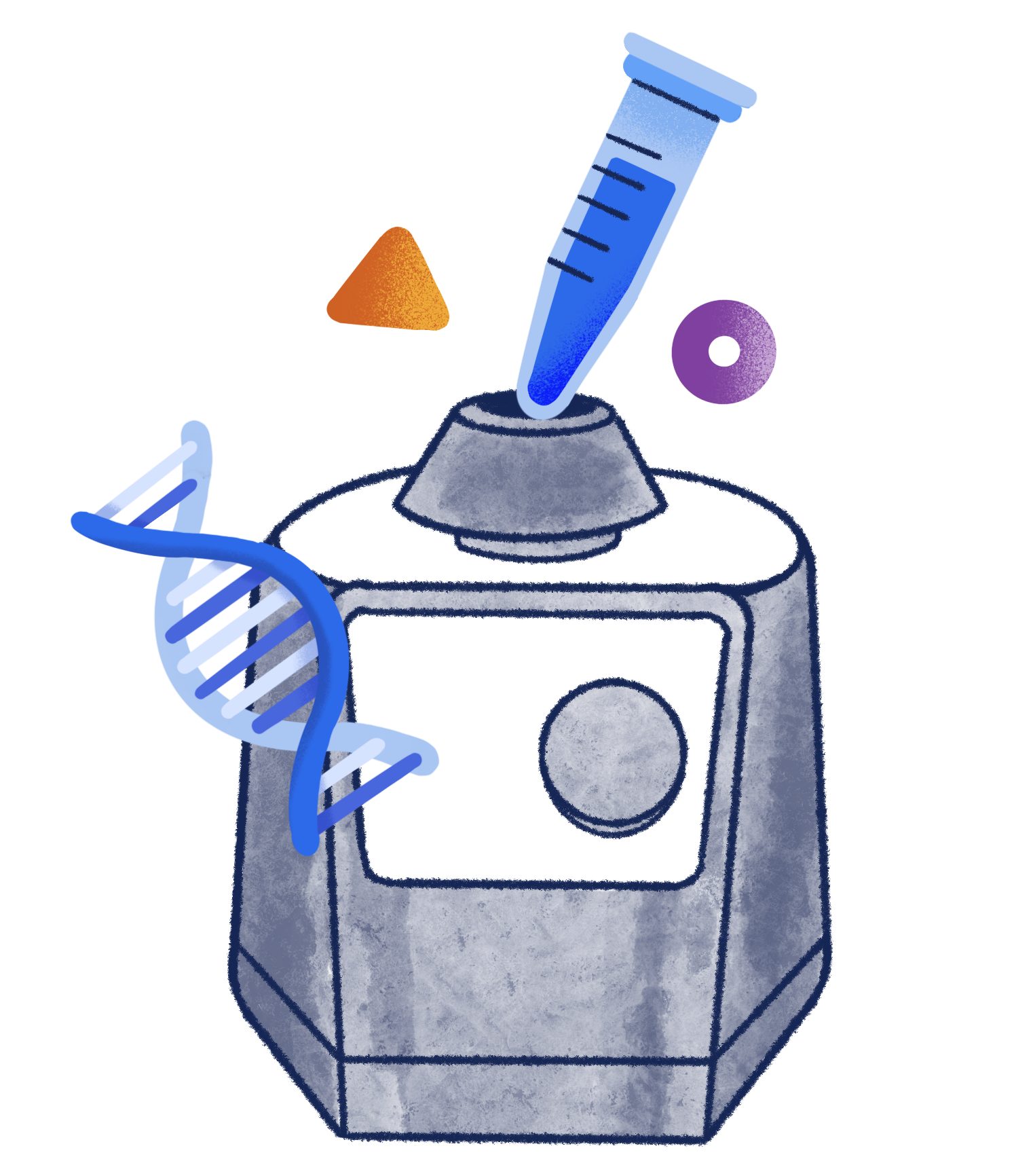
A method that reduces DNA concentration to better suit various biological procedures like PCR, DNA sequencing, molecular cloning, and qPCR.

Diluting DNA, typically carried out through standard dilution, serial dilution, or using a spectrophotometer, demands high precision and accuracy, with challenges in manual pipetting including inaccuracy, DNA degradation, and cross-contamination. Automation via liquid handling systems improves the process by enhancing accuracy, reproducibility, efficiency, and throughput, while also reducing contamination risks.
Diluting DNA is needed in various workflows such as:
The OT-2 is a bench-top liquid handler designed to be accessible and flexible enough to automate many common applications.
Opentrons helps you automate DNA dilution with open-source protocols for the OT-2 and Opentrons Flex
Diluting DNA can be challenging due to the need for precision and accuracy. Small errors in measurement can lead to significant differences in final DNA concentration, affecting downstream applications. Also, DNA is susceptible to degradation and contamination, which can occur during the dilution process.
Automated liquid handling systems can be used to automate the DNA dilution process. These machines can accurately dispense precise volumes of DNA and diluent, reducing the risk of human error and increasing reproducibility. Automation protocols can be easily adjusted to create a range of DNA concentrations.
Our team of experts can help figure out if automation is right for you. Book a virtual demo to discuss your workflow needs with an expert.